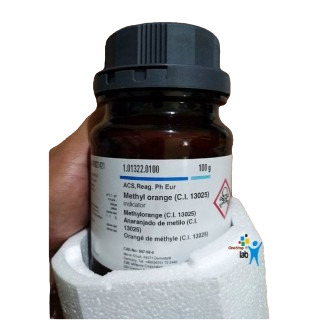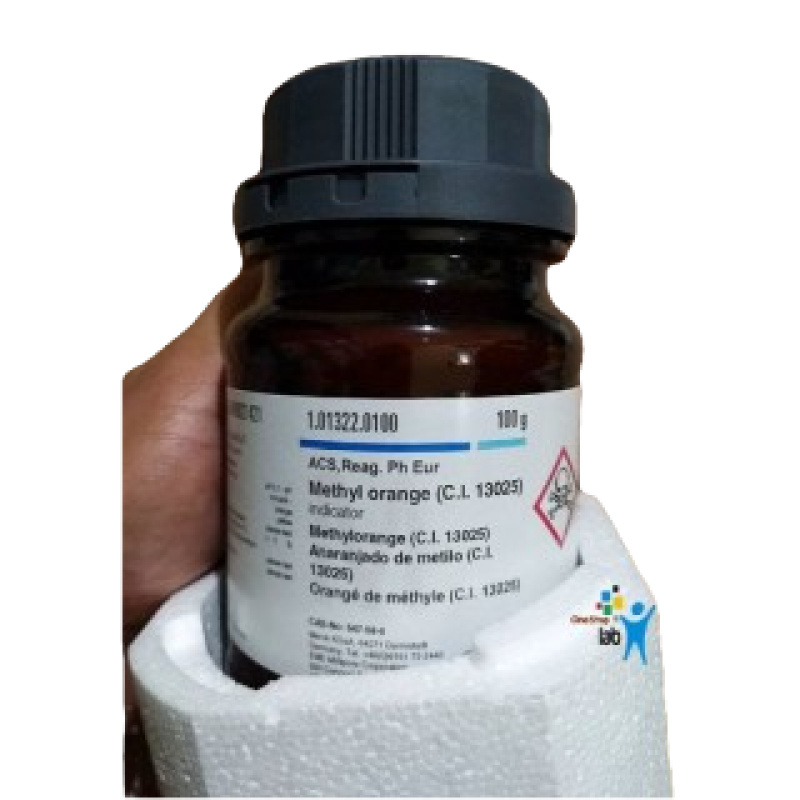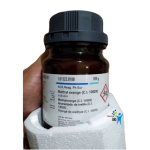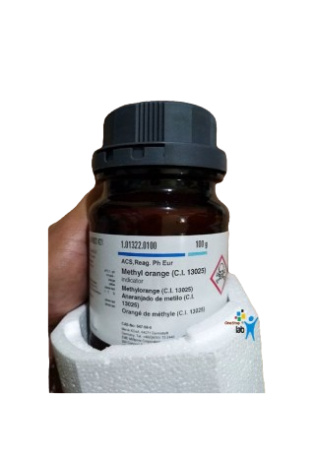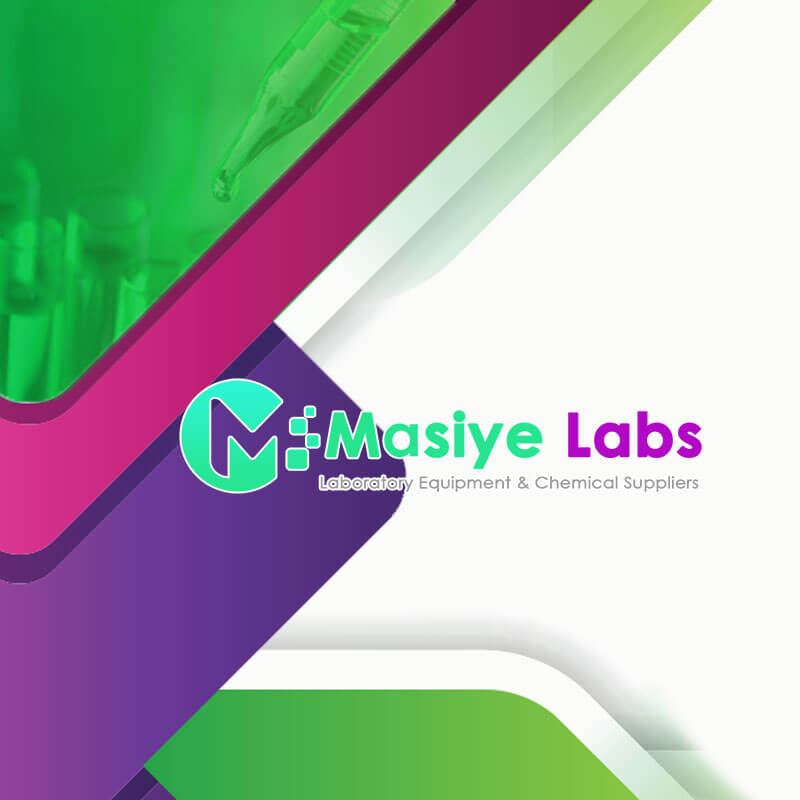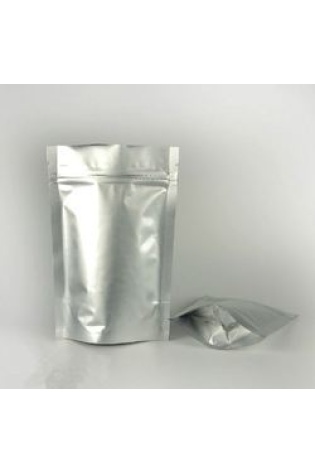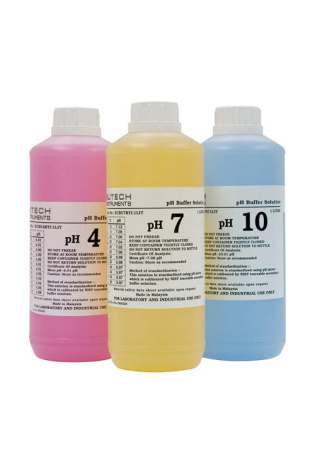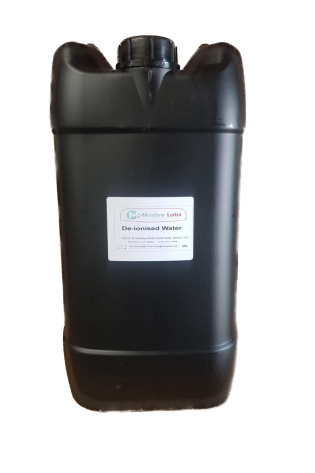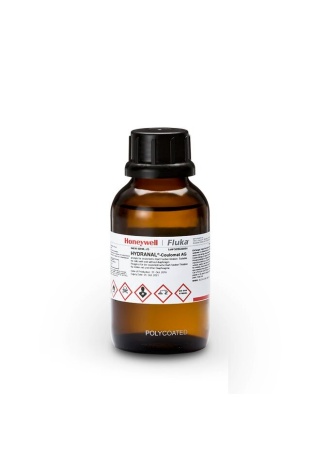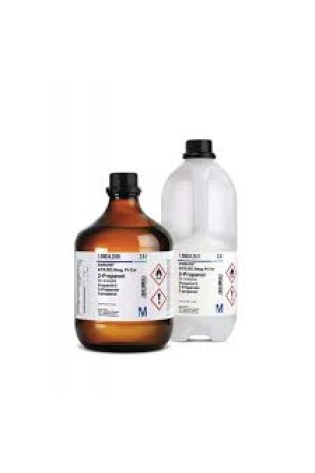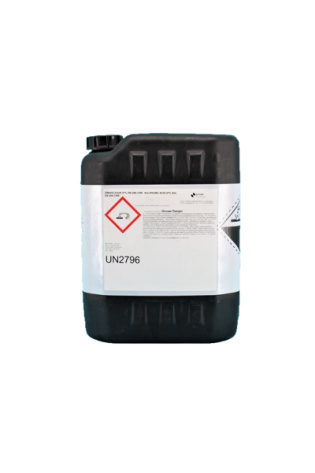Methyl Orange AR 100g
Methyl Orange AR 100g is primarily used in laboratory settings as a pH indicator for acid-base titrations and for general pH determinations.
The “AR” designation indicates it is an “Analytical Reagent” grade, signifying a high-purity chemical suitable for laboratory analysis.
Key uses in the laboratory Acid-base titrations Methyl orange is especially useful for titrations involving a strong acid and a weak base because its color change range (pH 3.1–4.4) is very sharp and aligns with the equivalence point of such reactions.
Methyl Orange AR 100g
It is unsuitable for titrating a weak acid with a strong base. Color change: Below pH 3.1, the indicator is red.
Above pH 4.4, it is yellow. At the intermediate pH, it appears orange.Example titrations: It is commonly used for titrating strong acids like hydrochloric acid (HCl) against weak bases such as ammonia (\(NH_{3}\)) or sodium carbonate (\(Na_{2}CO_{3}\)).
Analytical chemistry Bromide ion assay: Methyl orange can be used as a reagent for the colorimetric assay of bromide ions.
Acidity and alkalinity testing: It is used in analytical labs to measure the acidity or alkalinity of various substances.
Water quality testing: In water treatment facilities, methyl orange is used to monitor pH levels in water samples.
Biomedical and histological applications Histological stains: Methyl orange can be used as a component of polychrome histological stain solutions.
Cell and tissue staining: It is sometimes used for staining cells and tissue sections.
Staining pollen tubes: It can act as a counterstain to crystal violet when staining pollen tubes.
Educational demonstrations In school and university settings, methyl orange is a popular teaching tool for chemistry.
Demonstrating pH: Its distinct color change makes it excellent for visually demonstrating acid-base reactions and the concept of pH to students.
Titration technique: It is used to teach titration techniques and help students identify the endpoint of a reaction.
